- Home
- Linda Castillo
Pray for Silence Page 4
Pray for Silence Read online
Page 4
Glock is one of the best cops I’ve ever known. He has loads of common sense, good instincts, and enough experience under his belt to know appearances can be deceiving. He’s tough and loyal, sometimes to a fault. Last January, when we were investigating the Slaughterhouse Killer case, he risked his job to support me after I was fired by the town council. Above and beyond the obvious, one of the things I admire most about him is that he will give his honest opinion—even when he knows it’s not what I want to hear.
“Are you telling me you think someone else came in here, shot them, and then made it look as if the father did it?” he asks.
“Sounds like a crazy theory when you put it that way.”
Glock looks down at the body, but I feel the weight of his attention on me. “When I was a stationed in North Carolina, this crazy fucker cut up his kids and put them in a Crock-Pot with sweet potatoes. Later, when the shrink asked the guy why he did it, he told him he loved them too much to let them live.”
“That doesn’t make any sense.”
He shrugs. “That’s my point. You can’t make sense of something that doesn’t, no matter how hard you try.”
I know he’s right. Crimes like this baffle the mind. They break your heart. They’ll tear you up inside if you let them. One of the old timers I worked with as a rookie once told me it’s the cops who spend too much time trying to figure it out who end up going the way of Amos Plank.
“You don’t want to get inside a mind like that,” Glock says. “Talk about a scary fuckin’ place.”
The slamming of the kitchen door garners my attention. I look over to see the coroner, Dr. Ludwig Coblentz, standing in the kitchen, holding a suitcase-size medical bag. Wearing a cream-colored windbreaker over a flannel pajama top and tan Dockers, he looks like a cross between the Michelin Man and the Pillsbury Doughboy. But what he lacks in physical presence, he makes up for by being damn good at what he does. He’s one of five doctors in Painters Mill and has been acting coroner for nearly eight years.
“Tell me this isn’t as bad as what it sounded over the phone,” he says.
“It’s probably worse.” I meet him in the kitchen and we shake hands. “Thanks for getting here so quickly.”
He sets his medical case on the kitchen table. “How many?”
“Seven. The whole family.”
“Good God.” With the quick hands of a man who is as comfortable with his tools as he is in his own skin, he opens the leather case, works both hands into latex gloves, then slips a plastic, apron-like gown over his jacket and ties it in the back. Bending, he slides his Hush Puppy–clad feet into disposable shoe covers, pulls a small black vinyl case from the medical bag and looks at me over the tops of his glasses. “Show me the way.”
“We’ve got three in here. Two in the yard. Two more in the barn.” Motioning for the doc to follow, I enter the living room.
He heaves a sigh that sounds as old and tired as I feel. “I’ve been coroner for a while now, but I swear to God I’ll never get used to seeing dead kids.”
“The day you get used to that is the day you stop being human,” I respond.
“Or find another line of work,” Glock adds.
The doctor goes to the nearest victim, the teenaged boy, and kneels, setting the case on the floor next to him. “Some additional light would be helpful.”
The work lights we set up earlier dispel much of the darkness, but they’re not bright enough for the kind of work the doctor needs to do. Crossing to him, I shine my Maglite onto the victim.
The doc glances up at me, his eyes huge and troubled behind the thick lenses of his glasses. “Have you photographed the bodies?”
“We’ve got everything documented,” Glock says. “You can move them if you need to.”
Gently, the doc sets his hands on the boy’s head and shifts it slightly. From where I stand, I see blood-matted blond hair. The doc’s gloved fingers separate the hair revealing a neat, round hole the size of a pencil eraser a few inches above his nape. “This is the entry wound. This child was shot from behind.”
“Any idea what caliber of bullet was used?” I ask.
“I can guess.” He prods the scalp surrounding the hole. I see the pale flesh giving way beneath his fingers. Blood seeping from the hole, sucking back in when the pressure is released. “Judging from the size of the wound and the extent of skull fracturing, I’d say we’re talking about a small caliber handgun. Close range.”
“Can you be more specific than that, Doc?”
“Twenty-two caliber. Maybe a thirty-two.”
“Nine millimeter?” I ask.
“Maybe. I can’t say for certain yet.” With the same gentleness with which he would handle a newborn baby, he turns the boy’s head. Pink fluid leaks from the boy’s left nostril. “Exit wound might help narrow it down.”
My pulse kicks when I spot the hole in the wood floor. I look at Glock. “Get down in the basement, see if the slug went all the way through. I’ll keep my beam on the hole. If the bullet went clean through, you’ll be able to see the light.”
“You got it.”
I look down to see the doc once again turn the victim’s head. The left side of the boy’s face is purple with lividity. The doc presses two fingers into his cheek. “Livor mortis isn’t fixed.”
“What does that mean?”
“That means he’s been expired at least two hours, but not longer than ten. Livor becomes fixed after ten hours.” Once again he presses two fingers into the purple flesh of his cheek. “When I press here, the skin whitens, then refills. If he had been dead over ten hours, the livored area would remain stained.”
“Can you narrow it down any more than that?”
“Body temp will tell us a lot.” Turning, the doc digs into his tool bag and removes a pair of blunt-tipped shears. With the impersonal efficiency of the professional he is, he cuts away the boy’s trousers and underwear. Seeing the boy’s skinny, white body is unbearably sad. All I can think is that he should be alive. He should be laughing, teasing his younger brother, and annoying his older sisters.
“Kate?”
I jolt at the sound of the doctor’s voice, and I realize he’s handing me the clothes, waiting for me to bag them. Giving myself a mental shake, I go to my crime scene kit in the kitchen, dig out a large paper bag, snap it open. Back in the living room, I cross to the doc and hold open the bag while he drops the trousers inside. I jot the date, time and the name of the victim on the label.
“The body temperature drops between a degree and a degree and a half per hour.” The doctor slides a specially designed high-tech thermometer into the boy’s rectum. “This preliminary body temp will give you a ballpark idea of when he died. Once I get them to the morgue, I’ll get a core reading from the liver, which is more accurate.”
“Is it possible he lingered for a while after he was shot?”
“This child died instantly.”
The timer on the thermometer beeps. He withdraws it and squints through his bifocals at the reading. “Ninety point six.”
Quickly, I do the math. “That puts us between five and a half and eight hours ago.”
“Correct.”
I glance at my watch. “It’s six-thirty A.M. now, so time of death was probably between ten last night and twelve-thirty this morning.”
“That sounds about right.”
“Can I borrow your scissors a sec?” I ask.
“Of course.” He passes them to me.
I reach for the boy’s wrist, cut through the speaker wire, and drop the wire into a second evidence bag. “Quite a bit of bruising at the wrist,” I comment.
The doctor grimaces. “This poor boy struggled.”
“I need to bag his hands so the CSU can check beneath his nails for DNA.” When I glance down at the victim’s hands, I see that the fingers are claw-like and rigid. “He’s in rigor?” I ask.
“Not yet. Rigor usually starts with the face, the jaw, the neck.”
“But hi
s hands . . .”
“Cadaveric spasm more than likely. That happens when the victim experiences extreme agitation or tension in the moments before death.”
I don’t want to think about the horrors this boy endured before his death. I’ve been a victim of violent crime; I’ve seen my share of violence. But I cannot imagine the terror and helplessness of being bound, watching every member of your family systematically shot and knowing you’re next.
The doc moves to Amos Plank. I know it’s an emotional response, but I feel inordinately repulsed by the elder Plank’s body. Not because of the condition of his corpse, but because of what he may have done to his family. There’s a part of me that feels as if the man doesn’t deserve the reverence with which we handled the dead boy.
“Did you move him, Kate?”
I nod.
“Is he your shooter?”
“I don’t know. Looks that way.”
“Since we’ve some question as to whether or not this man is the perpetrator of these crimes and time is of the essence, I’ll go ahead and get a core temp for you now. It’s much more accurate this way and you’ll be able to get to work on a time line.” The doctor tugs up the man’s shirt and exposes his abdomen.
Though entering middle age, Amos Plank is a lean man. I can see the outline of his ribs from where I stand. Minimal body hair. White skin that has seen little sun.
“You might want to note that there are no visible lacerations or bruises about the abdomen.”
“Duly noted.”
“I’m going to make a small incision.” The doc places his hand flat against the abdomen, pulls the skin taut. Using a scalpel, he quickly makes the incision just below the lowest rib, about half an inch long. A line of blood appears as the skin opens, but the wound does not bleed. Next, he inserts the stem of a long digital meat thermometer, guiding it upward to just under the rib cage.
“Going to take a minute or so,” he says. “I’ll continue with the exam.”
Setting his hands on the head of the corpse, he gently moves it from side to side. “Rigor has set in about the face and neck. Eyes are cloudy.”
“Any idea when you might get to the autopsies?” I’m thinking about the two girls in the barn. I want to know how they died. If they were sexually assaulted.
“I’ll juggle some appointments and begin immediately.”
I’m watching the doctor examine the dead man’s hands when a shadow on the corpse’s wrist snags my attention. Grabbing my Maglite, I train the beam on the wrist. I almost can’t believe my eyes. Just above the hand, a faint bruise encircles the wrist.
“Is that a bruise on his wrist?” I ask.
Doc Coblentz looks at me over the tops of his glasses, then his eyes follow the beam of my flashlight. His brows knit as he stares at the marks. “It certainly looks like it.”
Before even realizing I’m going to move, I reach for the corpse’s arm. I feel cold flesh through the thin latex of my glove. The stiffness of the joint associated with the early stages of rigor. In the stark light from my Maglite, I see clearly the circular pattern of the bruise.
“It’s the same bruising pattern we found on the boy’s wrists,” I say.
Something pings in my head, like a piece of puzzle I couldn’t make fit finally clicking into place. Realization trickles over me like ice water. Everything I thought I knew about this scene flies out the window. “He was bound,” I murmur.
The doctor is already looking at the other wrist. From where I kneel, I can see the bruising there, too. The doc shoots me a grim look. “I don’t believe we’re dealing with a suicide here, Kate.”
“The killer staged the scene,” I whisper.
“That appears to be the case.”
I think of the mother and baby lying dead in the yard, and a chill runs the length of my body hard enough to make me shudder. I think of the two girls in the barn, the evidence of torture, and all I can think is that there’s a cold-blooded killer running loose in my town. A monster with a bloodlust for killing and an appetite that has spiraled out of control.
CHAPTER 4
Before this morning, I haven’t smoked for nearly ten months. It’s a stupid, self-destructive habit. But as I watch Doc Coblentz examine the tortured body of a dead teenaged girl, I wish for a cigarette with the fervor of a heroin junkie craving a fix.
I’m standing in the tack room with Glock and Skid. No one’s talking. No one’s looking at the bodies. I wonder if I look as demoralized as my fellow officers do.
Officer Roland “Pickles” Shumaker arrived on the scene a few minutes ago. Wearing his trademark trench coat and pointy-toed cowboy boots, he looks like he’s just stepped off the set of some nuevo spaghetti western. He’s seventy-four years old, acts like he’s twenty-two, and doesn’t look a day over eighty. He moves a bit more slowly than the rest of my team, has lost a good bit of his eyesight and most of his hearing. But he has nearly fifty years of law enforcement experience under his belt. In my book, that alone makes him more valuable than some wet-behind-the-ears rookie who doesn’t know his ass from a hole in the ground.
“Looks like a goddamn massacre,” Pickles says, settling into his grumpy-old-man persona as he enters the tack room.
He’s right. The corpses are a macabre sight beneath the harsh glare of the work lights. This is the kind of scene that affects even the most hard-nosed of cops.
“We’re not dealing with a murder-suicide.” Looking from man to man, I tell them about the bruising on Amos Plank’s wrists. “This is murder, straight up.”
“Times seven,” Skid mutters.
Pickles looks around the room, grimacing. “So the son of bitch who butchered these girls is still out there.” It’s a statement, not a question.
I can tell by everyone’s expression that’s where they want to be, on the street, hunting the killer. But we all know the investigation starts here, with the evidence. “I briefed the sheriff’s office. They’ve stepped up patrols. T.J.’s been apprised; he’s out there, too.” I direct my attention to Glock, raising my voice to be heard above the drone of the generator. “Did you clear the outbuildings and silos?”
“Clear.”
I look at Skid. “Did you search the creek area behind the barn?”
He shakes his head. “No one there.”
“Tire tracks? Footprints?”
“If anyone was down there, he didn’t leave us squat.”
“We’ll go over every inch of this place again once the sun comes up. No one does this kind of crime without leaving something behind.”
Though the barn doors are open, the diesel exhaust from the generator is thick enough to choke a rhinoceros. No one’s complaining. I think I can speak for everyone in the room when I say the smell of exhaust is preferable to the stench of blood.
“As soon as we finish here,” I say, “we’ll start canvassing and talking to neighbors. Hopefully, someone saw something.”
“You going to call BCI?” asks Glock.
BCI is the Ohio Bureau of Criminal Apprehension and Identification out of Columbus, which is about a hundred miles west of here. It’s a state agency run by the attorney general’s office that offers a multitude of resources to local law enforcement, including a state-of-the-art lab, computer databases, crime scene technicians and field agents. The town council called the agency for assistance last year when a serial murderer stalked Painters Mill.
That’s how I met field agent John Tomasetti. He was instrumental in helping me close the Slaughterhouse Murders investigation ten months ago. The case was a nightmare, especially for me because of my personal connection to the killer. Tomasetti got me through it. He’s a good cop and an even better friend, and it’s him I think of this morning.
“I’m going to request a CSU to help process the scene.” I pull my cell phone from my pocket. “Maybe they’ll be able to pick up hair or fibers.”
The three cops nod in approval. But I know they’re feeling territorial about this case. The atrocities
committed against this Amish family have angered and outraged them. While they appreciate any help, they don’t want some other agency encroaching on their turf.
“Chief Burkholder?”
I glance over to see Doc Coblentz standing next to one of the corpses. He looks grim and shaken, and I acknowledge that there is a small, selfish part of me that doesn’t want to go over there. Some crimes are simply too terrible for the eyes to behold, the mind to comprehend. But the part of me that is a cop knows information is my most powerful tool.
Dropping my cell back in my pocket, I force my legs to take me to him. “What do you have?”
For a moment the doctor stares down at the floor, his expression troubled. And I realize with some surprise this veteran man of medicine is so upset by what he’s seen that he can’t speak.
“I’ve never seen anything like it,” he says after a moment.
I’m aware of my team watching us from the doorway. It’s an uncomfortable moment. I’m not very good at offering comfort. I’m not even very good at receiving it. I give the doc a minute, and then I ask the question that’s been eating at me since I saw the bodies. “Do you know the cause of death?”
My question snaps him back. “I can’t be positive until I get them on the table, but I have a theory.” He glances toward Glock. “Have you photographed and documented everything?”
Glock gives a nod.
The doctor turns his attention back to me. “These two girls suffered long, horrific deaths, Katie. Look at this.”
We move closer to the nearest victim, Mary Plank. She’s about fifteen years old with the slender body of a girl on the brink of womanhood. Not yet an adult, not a child, but that special place in between. She probably still played like a kid. But her adult dreams were just forming in her head. She was pretty, with a kind face. It’s unbearably difficult to look at her and think of how she must have been. Sweet. Innocent. Undamaged by life. I can’t imagine the horrors these girls must have endured. I cannot fathom such brutality.
Gently, he places his hand against the girl’s lower abdomen, between the pubis bone and the navel. With a long, cotton-tipped swab, he indicates the jagged mouth of a hideous wound. Something pink and watery peeking out. Using a wad of gauze, he wipes away some of the blood, and I discern the dark smudge of bruising around the wound.

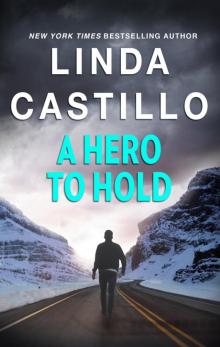 A Hero to Hold
A Hero to Hold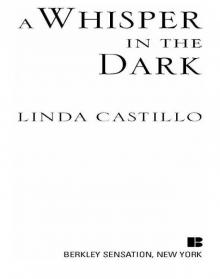 A Whisper in the Dark
A Whisper in the Dark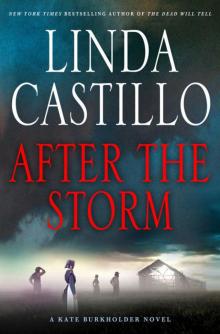 After the Storm
After the Storm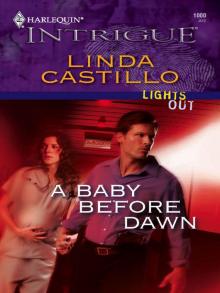 A Baby Before Dawn
A Baby Before Dawn Breaking Silence
Breaking Silence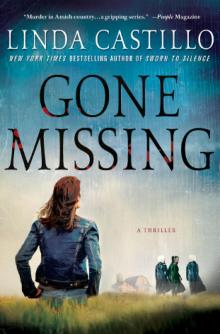 Gone Missing
Gone Missing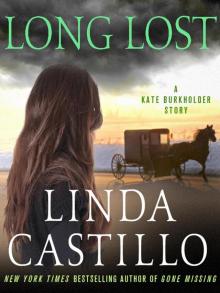 Long Lost
Long Lost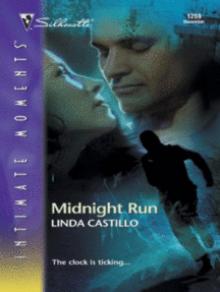 Midnight Run
Midnight Run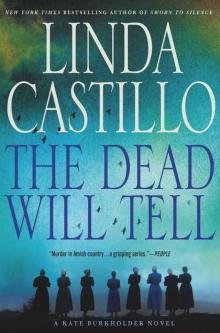 The Dead Will Tell
The Dead Will Tell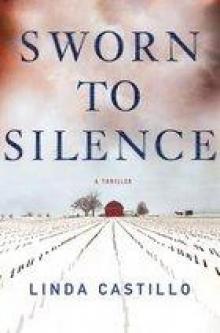 Sworn to Silence
Sworn to Silence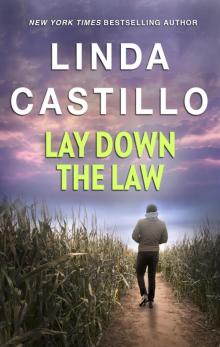 Lay Down the Law
Lay Down the Law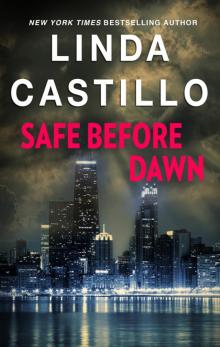 Safe Before Dawn
Safe Before Dawn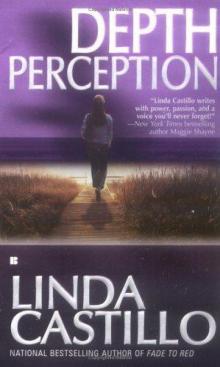 Depth Perception
Depth Perception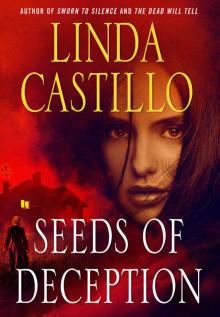 Seeds of Deception
Seeds of Deception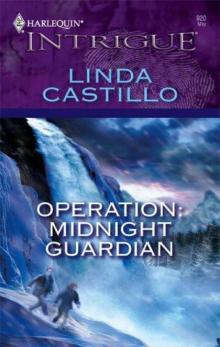 Operation: Midnight Guardian
Operation: Midnight Guardian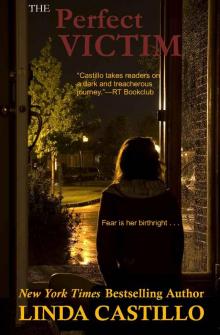 The Perfect Victim
The Perfect Victim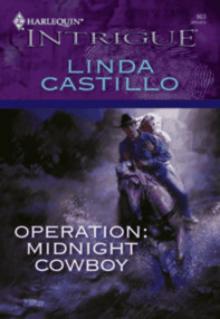 Operation: Midnight Tango
Operation: Midnight Tango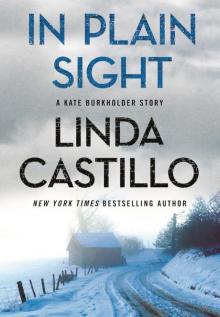 In Plain Sight (Kate Burkholder)
In Plain Sight (Kate Burkholder)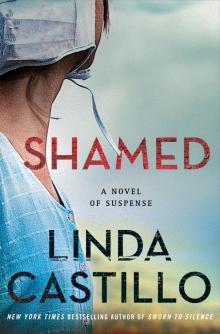 Shamed
Shamed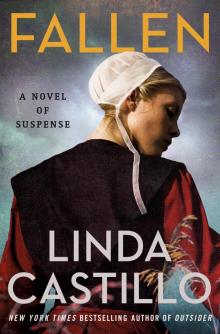 Fallen
Fallen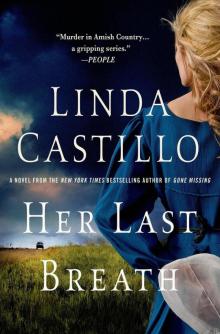 Her Last Breath
Her Last Breath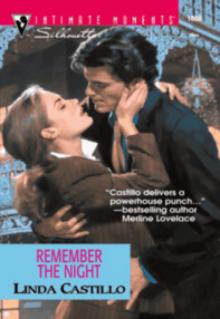 Remember the Night (Men in Blue)
Remember the Night (Men in Blue)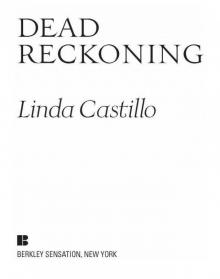 Dead Reckoning
Dead Reckoning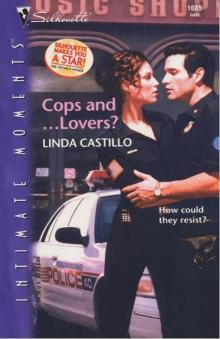 Cops and ... Lovers?
Cops and ... Lovers?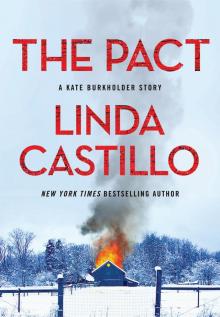 The Pact
The Pact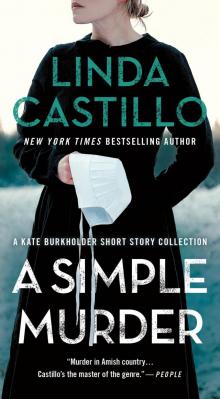 A Simple Murder
A Simple Murder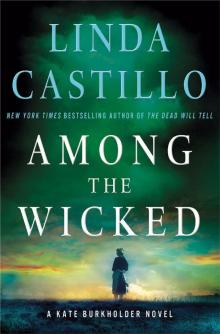 Among the Wicked
Among the Wicked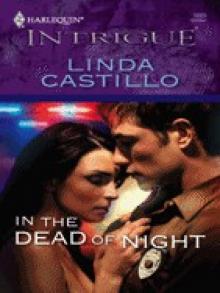 In the Dead of Night
In the Dead of Night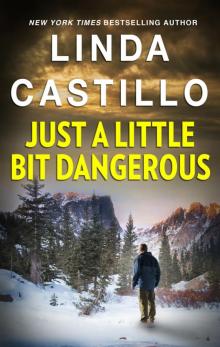 Just a Little Bit Dangerous
Just a Little Bit Dangerous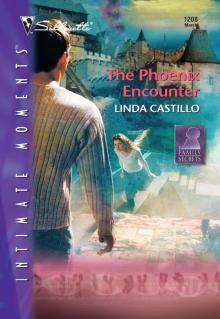 The Phoenix Encounter
The Phoenix Encounter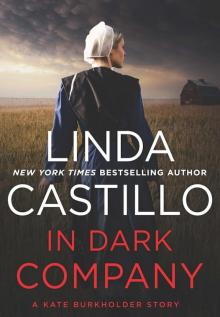 In Dark Company
In Dark Company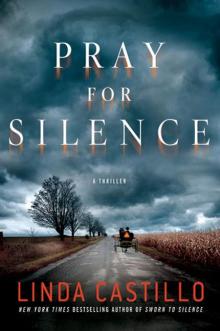 Pray for Silence
Pray for Silence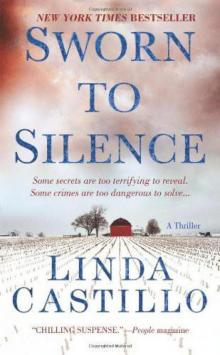 Kate Burkholder 01-Sworn to Silence
Kate Burkholder 01-Sworn to Silence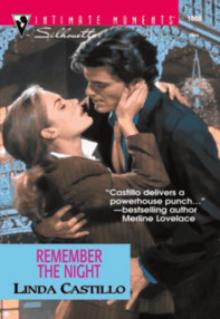 Remember the Night
Remember the Night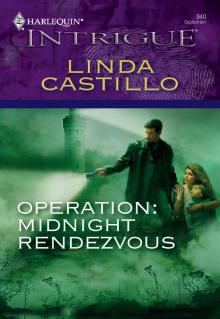 Operation: Midnight Rendezvous
Operation: Midnight Rendezvous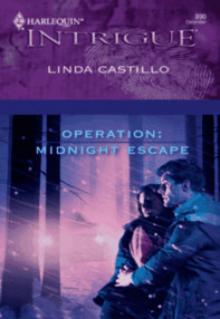 Operation: Midnight Escape
Operation: Midnight Escape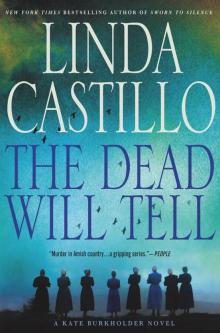 The Dead Will Tell: A Kate Burkholder Novel
The Dead Will Tell: A Kate Burkholder Novel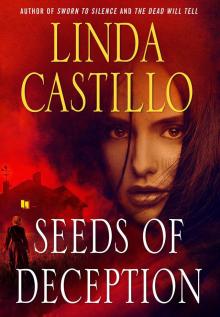 Seeds of Deception: A Kate Burkholder Short Story
Seeds of Deception: A Kate Burkholder Short Story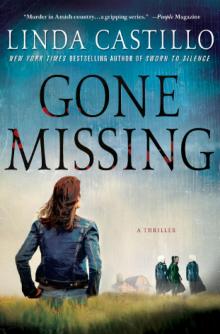 Gone Missing (Kate Burkholder 4) kb-4
Gone Missing (Kate Burkholder 4) kb-4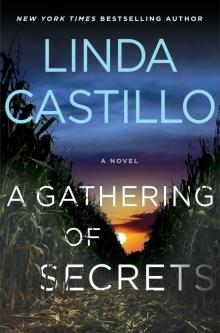 A Gathering of Secrets
A Gathering of Secrets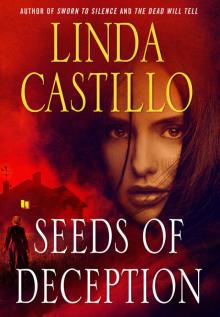 Seeds of Deception: A Kate Burkholder Short Story (Kindle Single)
Seeds of Deception: A Kate Burkholder Short Story (Kindle Single)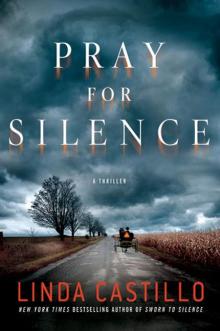 Pray for Silence kb-2
Pray for Silence kb-2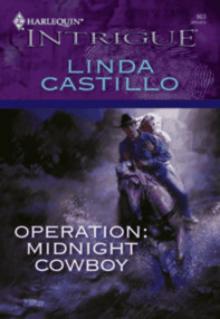 Operation: Midnight Cowboy
Operation: Midnight Cowboy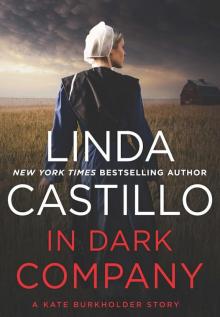 In Dark Company_A Kate Burkholder Short Mystery
In Dark Company_A Kate Burkholder Short Mystery Sworn to Silence kb-1
Sworn to Silence kb-1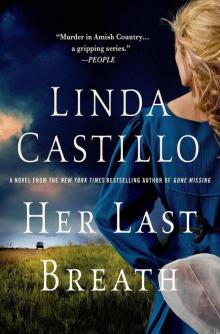 Her Last Breath: A Kate Burkholder Novel
Her Last Breath: A Kate Burkholder Novel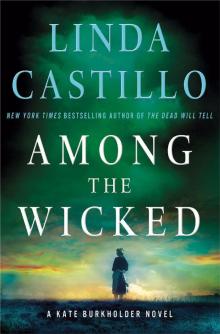 Among the Wicked: A Kate Burkholder Novel
Among the Wicked: A Kate Burkholder Novel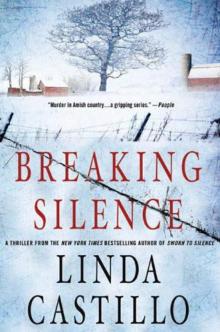 Breaking Silence kb-3
Breaking Silence kb-3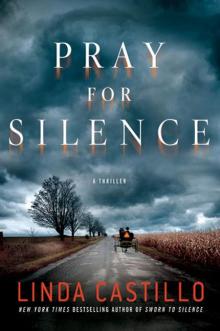 Kate Burkholder 2 - Pray for Silence
Kate Burkholder 2 - Pray for Silence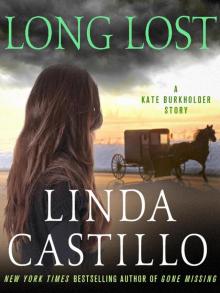 Long Lost: A Kate Burkholder Short Story
Long Lost: A Kate Burkholder Short Story